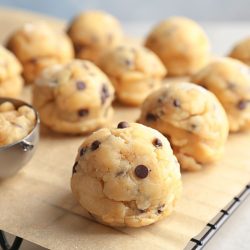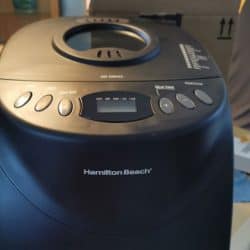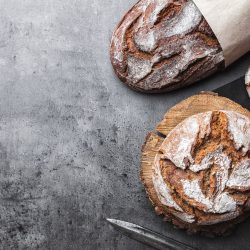If you didn't already know, placement matters in an oven. Some foods will do better if you place them in the top or bottom racks. If you're baking, which rack would be the best? If that's what you want to find out, we have the answers!
The best place inside an oven for baking often depends on your appliance. In general, the middle rack is where it distributes heat evenly. Therefore, it's the best spot for baking.
The bottom shelf is better for dishes where you want to crisp the bottom. If you want a crispy top, the top is the spot you'll want to use.
Baking doesn't have to be a frustrating process. There are a few reasons the heat from the middle is better for baking. However, there are some exceptions. If you'd like to learn more, keep reading ahead.
![Baking cookies in the oven, Top Or Bottom Heat For Baking? [Cake, Cookies, Bread And More!]](https://kitchenseer.com/wp-content/uploads/2022/03/Top-Or-Bottom-Heat-For-Baking-Cake-Cookies-Bread-And-More-667x1000.png)
Why Does Oven Rack Placement Matter?
As you're searching for answers, there's one question that might interest you. Why does oven rack placement matter? After all, you're trying to see if the top or bottom heat is better for baking.
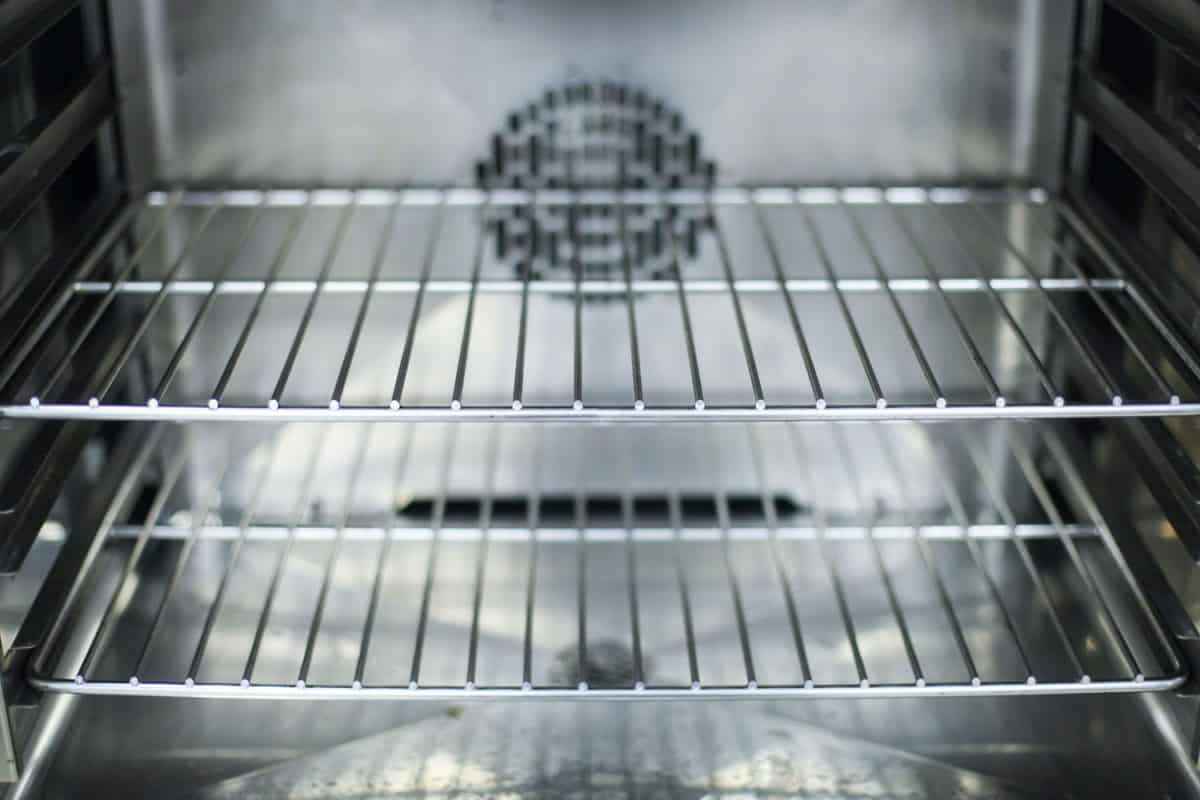
So, why would the middle of the oven be the best spot for cakes, cookies, bread, and more? It's because of the source of heat. So, your mileage may vary.
Where Does An Oven's Heat Come From?
It depends on where the heat is coming from. For example, some gas stoves will have a heating element under a plate at the bottom of the oven. Therefore, the bottom rack will be hotter.
The general rule is the closer the rack is to an element or flame, the more heat it will get from the source. Accordingly, as the oven continues to warm, hot air will rise. Thus, the top and middle of the oven will also begin to heat up.
Though, it gets hotter at the highest point of the oven because that's where all the hot air ends up. Now, we should be familiar with how the oven disperses heat. So, let's put that information into practice.
Baking With Different Oven Rack Placements

The Bottom Rack
An oven starts heating the inside using a burner at the bottom. So, this is where the bottom of a dish will get the most heat. Do you want a crispy base? Then, the lowest rack level will be the spot you want to use.
It raises the question, what foods would excel from bottom heat? Bottom heat is good for sourdough bread, pizzas, crust bread, tarts, etc. Anything that requires a crispy bottom will benefit from the lowest rack level.
The Middle Rack
Now, we move upwards. Hot air will travel up. Of course, it won't stop in the middle. It will continue to travel to the highest point of the oven.
However, that means the middle is where there's a balance. The dish you're preparing won't have a side that's cooking faster. It's far away enough from the top and bottom to cook evenly.
In other words, the middle is where you have a balance of circulation. For this reason, most baking recipes will instruct you to use the center rack position. Are you planning to bake cookies, cakes, brownies, or other pastries?
Then, the middle rack position is the spot where they will excel.
The Top Rack
We can't forget about the top rack. All the hot air from the bottom ends up here. So, it will be warmer than the middle. It's like the bottom rack, but it has the opposite effect. It provides you with a crusty top.
Dishes like casseroles, macaroni and cheese, custard, souffle, and pies benefit the most from this position.
What Do The Symbols On An Oven Mean?
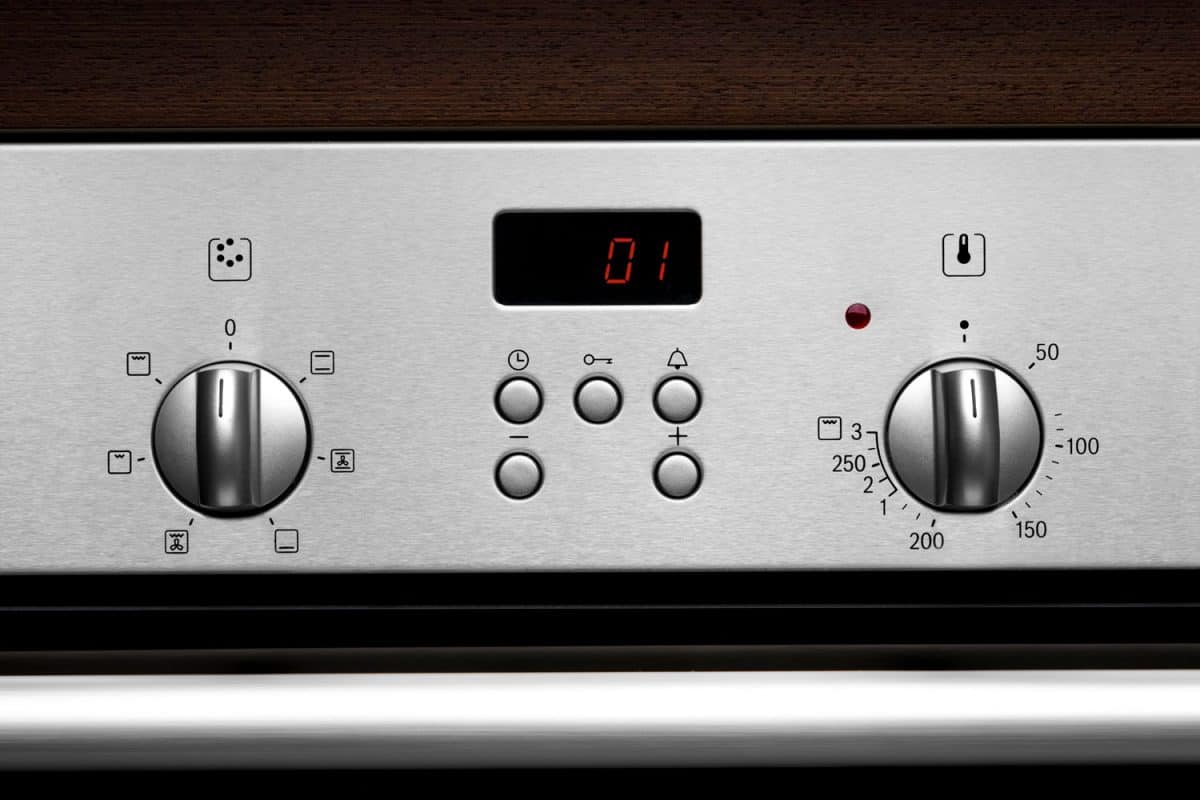
After going over placement, some ovens offer more features than the rest. So, you have many settings to play around with.
All ovens come with temperature settings. That's a given. However, some will allow you to choose where the heat starts.
The symbols are easy to understand. The square with a single line at the bottom signifies bottom heat. If the single line is present at the top, it means top heat.
The final option will have two lines present, one at the top and another at the bottom. It activates both heating elements.
The bottom setting actives the heating element present at the bottom only. Accordingly, the top setting will turn on the heating element at the top. For some, additional features only make baking or cooking, in general, more confusing.
Which option would be the best for baking? For this reason, we mentioned that your mileage varies. Not all ovens are the same. Let's go over the best settings according to the pastry you want to bake.
What Is The Best Oven Setting For Cake?
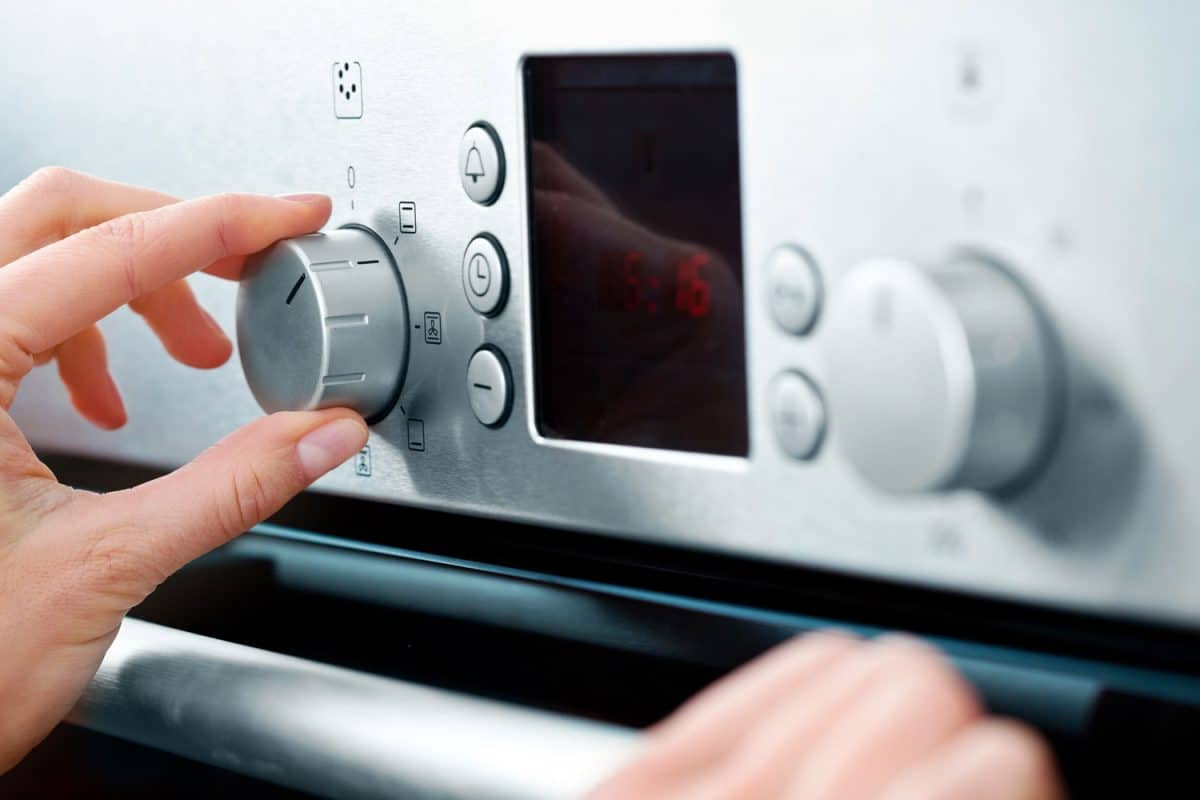
When baking a cake, you don't want one side to be crispier than the other. It needs to bake evenly. Therefore, it would make sense to use a balanced setting. More specifically, the option that activates the top and bottom heating element.
Unfortunately, it's going to be a matter of preference. Some users suggest you use both heating elements. Once you reach the last 15 minutes of baking, you can turn off the top heat.
Many would suggest you go the conventional way. In other words, you turn on the bottom heating element only. It would be the typical way an oven works. In any case, you can try baking a cake using both methods.
Furthermore, you could bake one with the top and bottom heating elements on. Then, bake a cake with only the bottom heat. Compare the results. Whichever ever satisfies you the most is the setting you should always use.
What Is The Best Setting For Baking Cookies?
You require the same amount of heat when you're baking cookies. Cookies need even heating. No side should be crispier than the other. So, once again, you will need to play around with the settings.
Since cookies are faster to bake, it's more reason to do test batches. Cookies take around 8-10 minutes to bake. Of course, some recipes will require a longer baking time. Regardless, you can do the same thing as mentioned above.
Bake one batch of cookies with the bottom setting. Do another with the top and bottom heating elements turned on. Compare the results and stick to the one that satisfies you the most.
What Is The Bottom Shelf Of The Oven For?
Not all ovens are the same. Some will have so many features that it can be confusing. Others won't have technical features at all. Instead, they will differ in the number of compartments.
One that might stick out to you would be the bottom shelf. What purpose does it serve? It can essentially do a lot of jobs. Most would use it as a storage space.
Additional space is always a good thing. However, something you might've not noticed is how hot it can get. So, it's only advisable to keep items that can withstand high heat.
Warming Foods
Though, if it's getting hot enough to make tools hot to the touch, it might serve a bigger purpose than storage. It could be an area that keeps food warm. So, if you need to finish cooking the rest of the meal, you can stick food down there to keep it heated.
Still, in some cases, it can get a lot warmer.
Oven Broiler
If your oven uses gas, the bottom drawer is likely intended to be a broiler. Broilers differ from the other options because it's a narrow space. It will look more like a retractable pan than a drawer.
Still, it has enough space to fit a baking dish or a casserole dish. It's a great spot for browning the top of a casserole, roasting vegetables, or caramelizing chicken skin.
In any case, you'll need to check with your oven's user manual. This way, you can be sure to use the bottom shelf as it's intended. Some will have a bottom drawer specifically for storage use.
Do you want a broiler or more space to store stools? You'd have to hope for the best until you read the user manual!
What Temperature Should You Bake At?
The temperature you use for baking will usually depend on what you're making. Still, there are temperature ranges that you will quickly become familiar with. For example, temperatures from 325 to 350 degrees Fahrenheit are what you'll typically use to bake cakes.
As we go higher, it will be better suited for different pastries. Most would typically bake cookies for a short term. So, if you want a cookie with crispy edges, a temperature range of 375 to 400 degrees Fahrenheit would be suitable.
However, bread will usually require baking it at an even higher temperature. The same goes for pastries. It all depends on the goal you're trying to achieve.
Final Takeaway

If it's your first time baking, the features on the oven can be downright confusing. You have to mess with temperatures, but you also have to deal with heating elements! Hopefully, you have an idea of what to do now!
Before you go, do you have other oven concerns? Do you have concerns about using silicone tools in one? To find out more, check out our post:
Did you finish baking? Do you want to leave the oven door open? To find out if that's a good idea, check out our post:
Should You Leave The Oven Door Open After Baking?

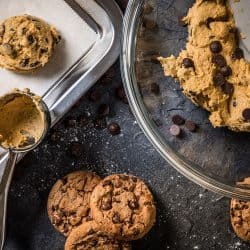
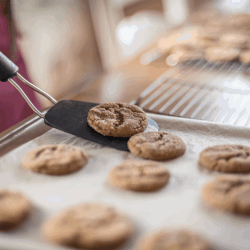
![Chocolate cookies in a glass jars, Do Cookie Jars Keep Cookies Fresh? [Inc. special tips]](https://kitchenseer.com/wp-content/uploads/2020/08/Chocolate-cookies-in-a-glass-jar-250x250.jpg)
